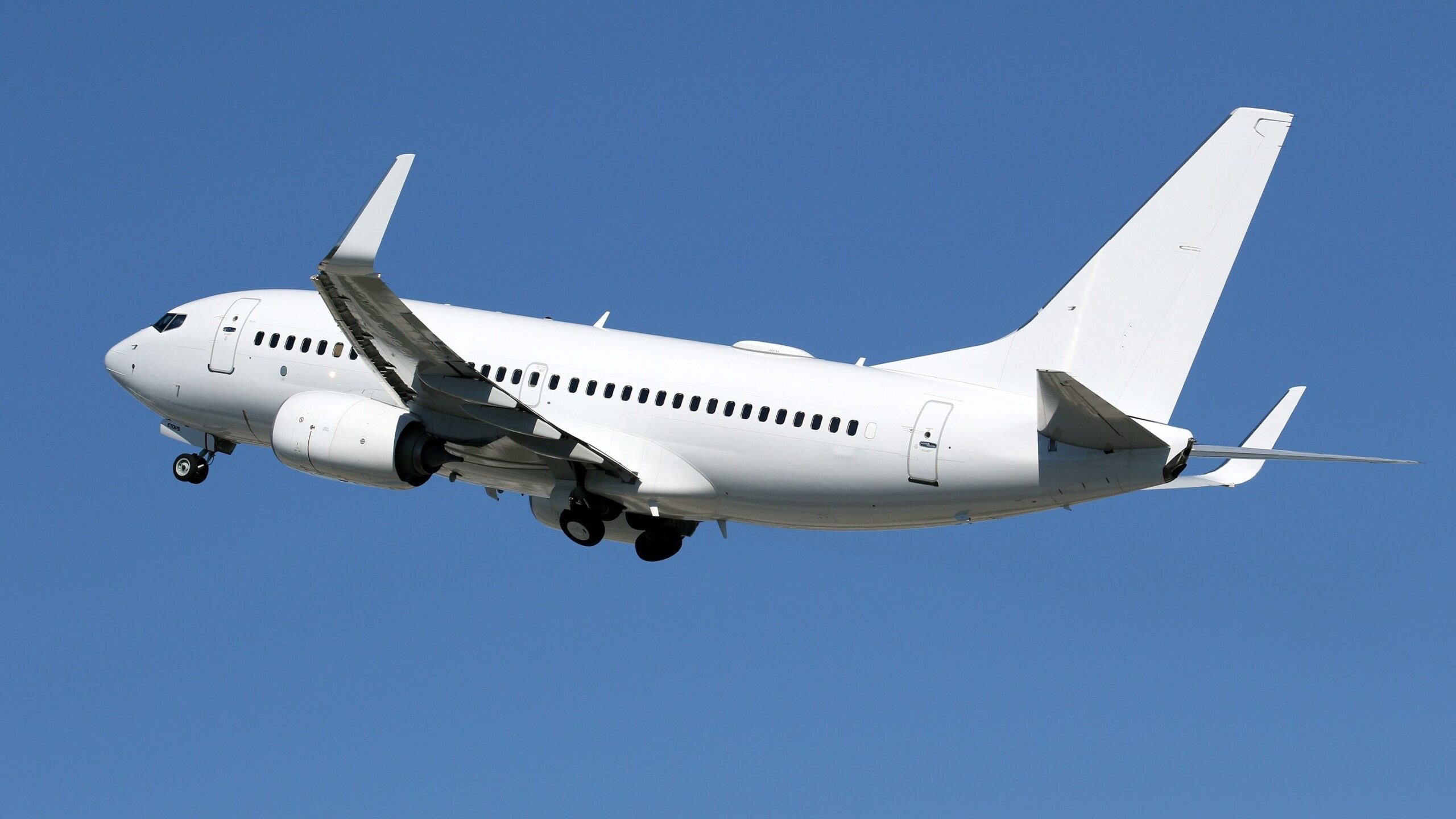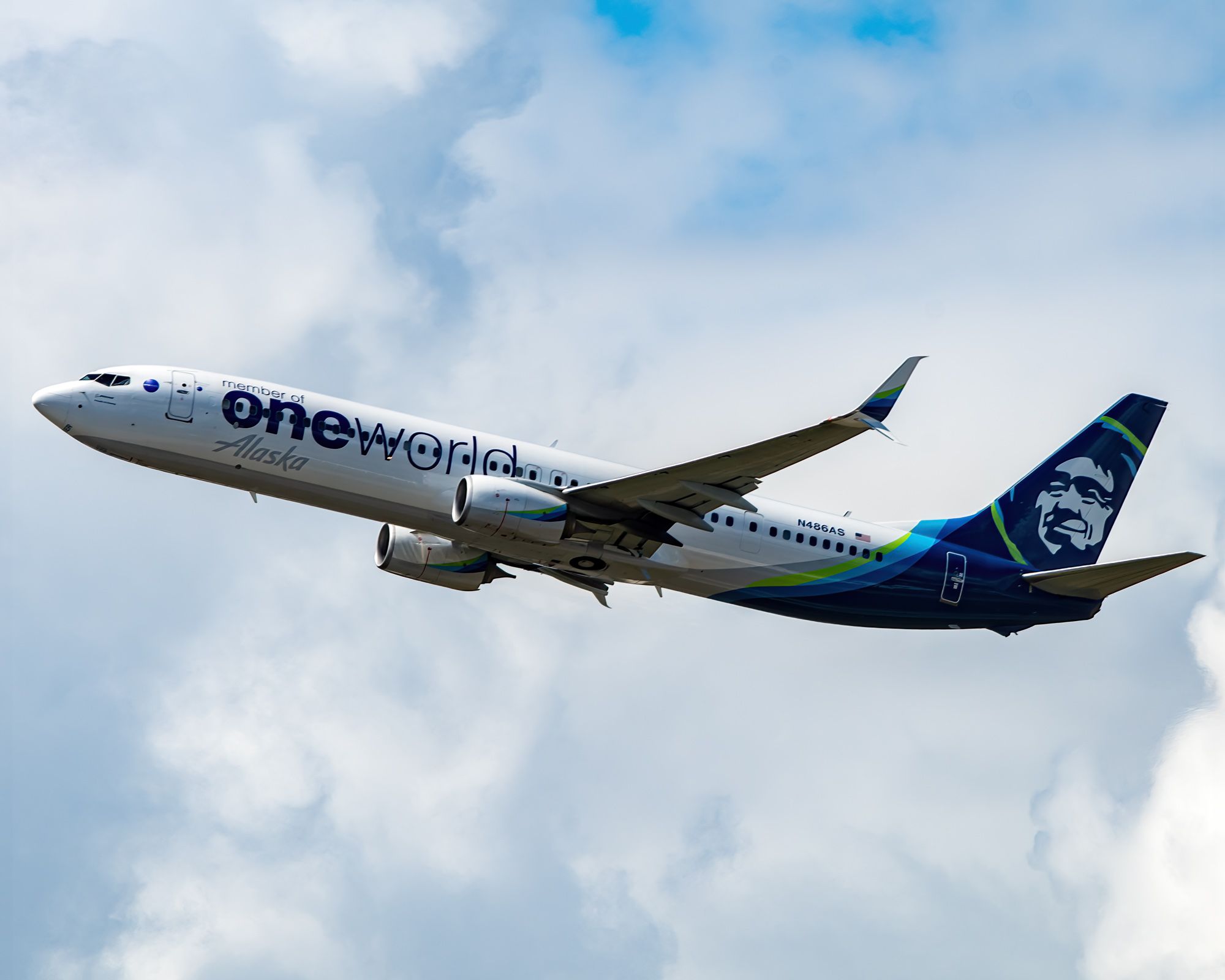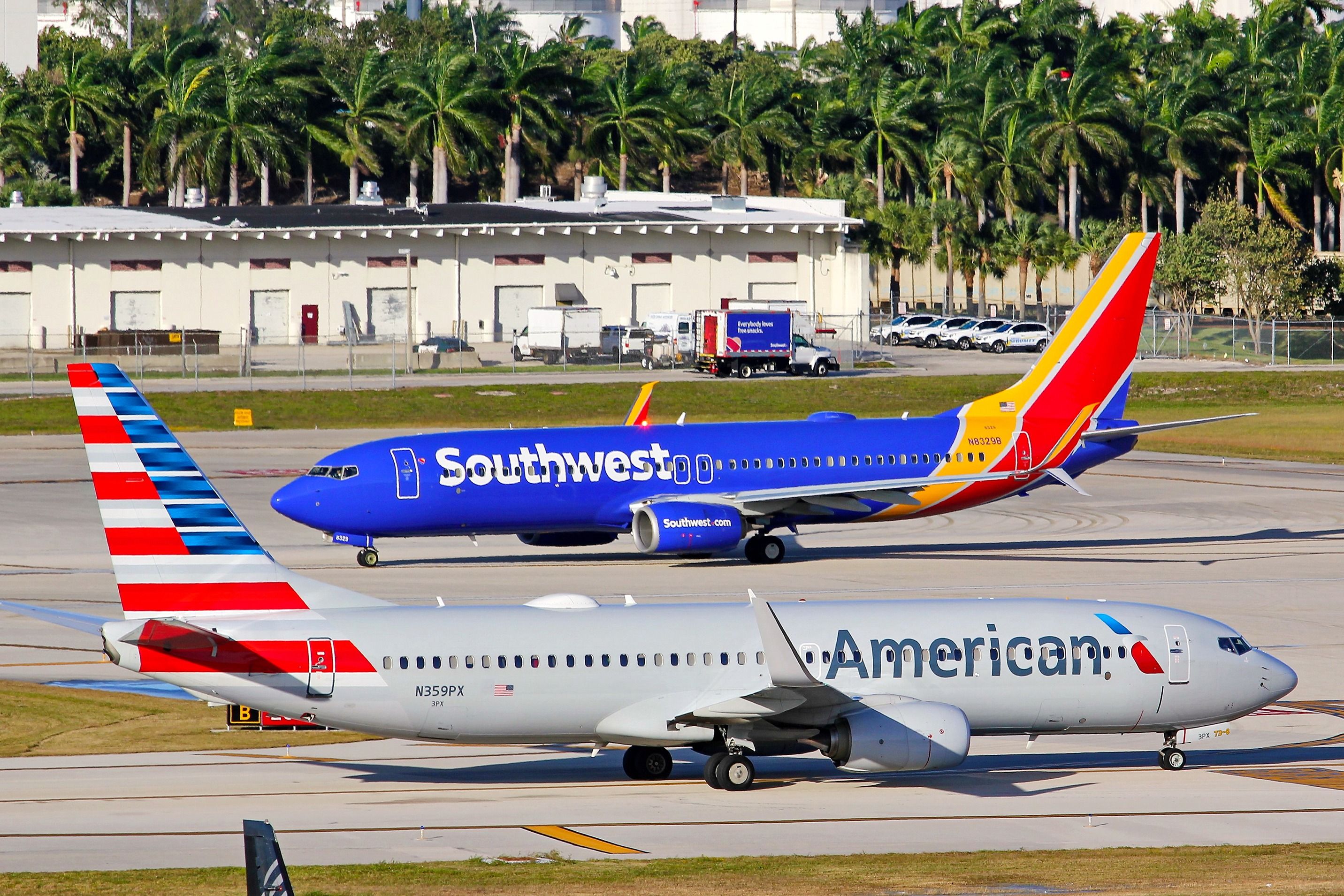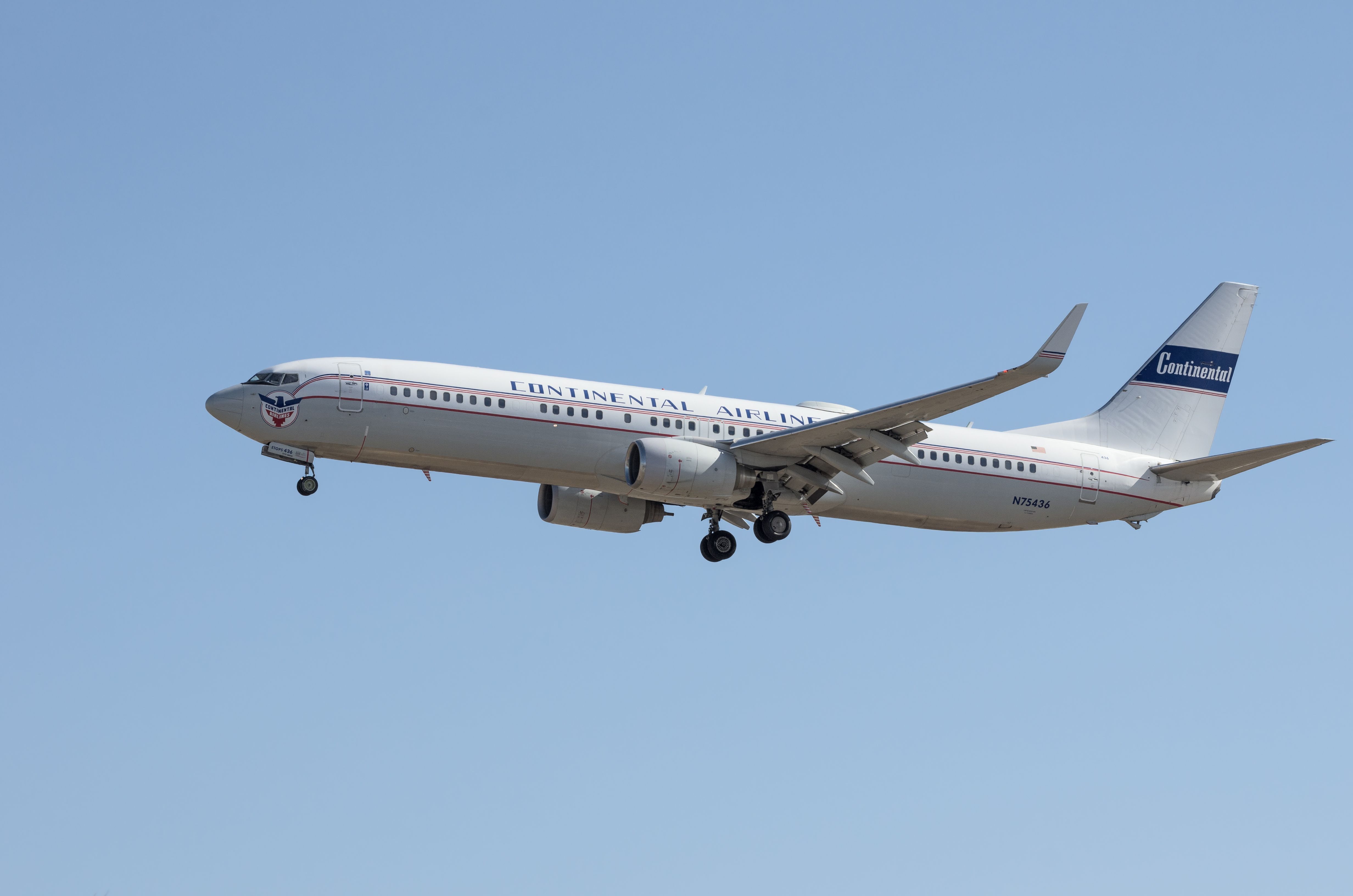The Federal Aviation Administration (FAA)
has finalized its airworthiness directive (AD) addressing Boeing 737
Next Generation (NG) display electronic unit (DEU) software errors, resulting in blanking display units (DU) when approaching a certain runway.
Developing a new software update
In the AD, the FAA said that the latest directive has superseded an initial AD that the regulator published in 2019.
Then, the FAA required operators to prohibit the selection of certain runways when operating flights with the 737 NG family, namely the 737-600, 737-700, 737-700C, 737-800
, 737-900, and 737-900ER.
“This AD was prompted by reports of display electronic unit (DEU) software errors on airplanes with a selected instrument approach to a specific runway.”
Nevertheless, the latest directive will mandate operators to adjust the current airplane flight manual (AFM), install the new software, and do a configuration check of the new software.
Photo: Joe Kunzler | Simple Flying
The FAA published the latest AD on September 23, with an effective date of October 28. The regulator issued the notice of proposed rulemaking (NPRM), inviting stakeholders to comment on the directive on August 4, 2023.
According to the regulator, reports of DUs blanking due to DUE software errors on 737 NG aircraft prompted the NPRM in August 2023.
|
Airport |
Affected runways |
|
Pine Bluffs Municipal Airport (PBF) |
Runway 26 |
|
Wayne County Airport (BJJ) |
Runway 28 |
|
Chippewa County International Airport (CIU) |
Runway 28 |
|
Cavern City Air Terminal (CNM) |
Runway 26 |
|
Wiley Post–Will Rogers Memorial Airport (BRW) |
Runway 25 |
|
Maicao La Mina Airport (MCJ), Colombia |
Runway 28 |
|
Cheddi Jagan International Airport (GEO), Guyana |
Runway 29 |
A subsequent investigation revealed that the issue occurs when a particular combination of software is installed, and flight crews select a specific runway with a 270-degree heading for an instrument landing system (ILS) approach. The issue only affected the seven – five in the United States
– runways pointed out in the table above.
“The FAA is issuing this AD to address the potential for all six DUs to blank, which can prevent continued safe flight and landing.”
In the 2019 directive, the FAA said that an investigation into the matter traced the blanking back to a combination of the common display system (CDS) block point (BP) 15 software in the DEUs and U12 or later software in the flight management computer (FMC).
“The investigation revealed that the problem occurs when this combination of software is installed and a susceptible runway with a 270-degree true heading is selected for instrument approach.”
Potentially affecting over 1,700 737s in the US
According to the FAA’s estimates, the AD will affect 1,739 737s in the US, with the compliance costs being fairly low: the AFM revisions are estimated to cost $85 per aircraft (one hour of labor), while the software installation and configuration check should set back airlines up to $1,145 per aircraft ($170 for two hours of labor, $975 for parts).
Photo: HMBSoFL Photography | Shutterstock
The same 2019 directive that the FAA has now superseded also estimated that 1,739 737s in the US would be affected. However, the compliance requirements were much simpler: a single AFM adjustment at the cost of $85 for one hour of labor.
At the same time, some carriers could have already installed the software updates. ![]() Boeing
Boeing
issued its requirement bulletin (RB) and service bulletin (SB) related to the directive on April 17, 2020, revising both on September 16, 2020.
“The [FAA] will possibly release an Airworthiness Directive related to Requirements Bulletin 737-31A1880 RB [released on April 17, 2020, revised on September 16, 2020 – ed. note]. The Airworthiness Directive will make the compliance tasks and times given in this Requirements Bulletin 737-31A1880 RB mandatory.”
Boeing’s RB outlined that airlines must comply with the bulletin 12 months within the Revision 1 date of the RB, which was September 16, 2020.
Southwest Airlines’ exemptions
Some 737s will be exempt from the directive since they operate a different system. Commenting on the AD,  Southwest Airlines
Southwest Airlines
, which has 579 737-700 and 737-800 aircraft, per ch-aviation data, requested that it could continue to operate aircraft with CDS BP 06 without the software update.
Other US operators with significant 737 NG fleets include ![]() Alaska Airlines
Alaska Airlines
(166 737-700, 737-800, 737-900, and 737-900ERs, including converted freighters), ![]() American Airlines
American Airlines
(303 737-800s), ![]() Delta Air Lines
Delta Air Lines
(240 737-800 and 737-900ER), ![]() United Airlines
United Airlines
(329 737-700, 737-800, 737-900, and 737-900ERs), and others.
In total, there are 1,920 737 NG aircraft in the US, including commercial passenger, converted freighters, and (BBJ)
aircraft, excluding BBJs based on the 737 MAX
family, such as the BBJ 737-8, or the BBJ 737 MAX 8.
Photo: Angel DiBilio | Shutterstock
“Boeing and [Southwest Airlines] stated that CDS BP06 does not contain the error that leads to the display blanking for the specific airports listed in AD 2019-25-17.”
Southwest Airlines also told the US regulator that the Rockwell Collins heads-up display (HUD) units, installed on 15% of its fleet, are incompatible with the software update, adding that the new software would require disabling the HUD.
In response to the carrier’s comment, the FAA agreed to absolve 737s with CDS BP06 from complying with the directive, yet shut down Boeing’s suggestion to add these aircraft to the alternative methods of compliance (AMOC) as they would be already exempt from the requirements, thus eliminating the need for AMOC.
However, in response to Pegasus Airlines
’ request to limit the scope of the directive’s requirements to the seven runways that could result in blanking DUs, the FAA reiterated that the software update must be installed on all applicable Boeing 737s regardless of their runway operation.
The Air Line Pilots Association, International (ALPA)
supported the directive without change, while Aviation Partners Boeing double-checked whether the installation of blended or split scimitar winglets per Supplemental Type Certificate (STC) ST00830SE does not affect an operator’s ability to comply with the directive. The FAA agreed.




